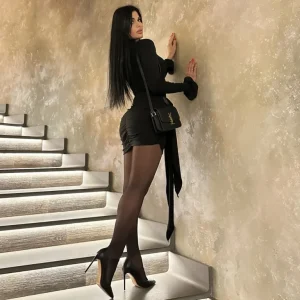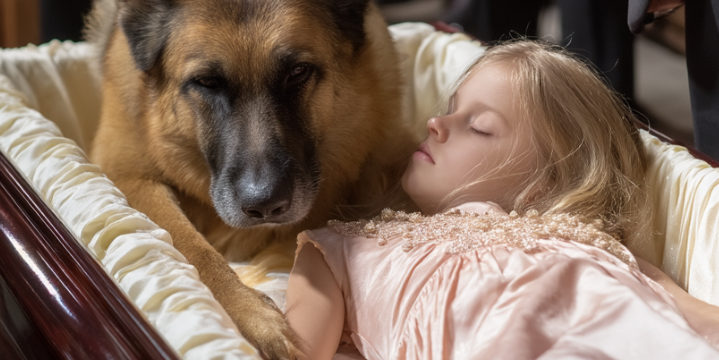Style is not just about clothing or makeup; it is a powerful form of self-expression that reveals much about a person’s inner world, and for women especially, appearance style is considered an essential part of their overall image. Through the way a woman dresses, accessorizes, and presents herself, one can often draw conclusions about her personality, her emotional state, her intelligence, her lifestyle, her social position, and even her age.

Style, in this sense, is not just about following trends but rather about creating a collective image that unites outward appearance with inner content, reflecting both how she feels about herself and how she wants to be seen by others. Coco Chanel once said, “Fashion passes, style remains,” and this timeless statement highlights the difference between fleeting fashion trends and true personal style. Fashion is temporary, changing rapidly with every season, but style is something more permanent, something that grows with an individual and adapts to her life while still maintaining her unique identity. A woman may choose to embrace new fashion trends as they appear, experimenting with colors, fabrics, and accessories, but beneath these choices lies a consistent sense of self that is defined by her style.
Stylists often classify women’s styles into several main categories, each with distinct characteristics and messages. The classic style, for example, emphasizes timeless elegance, clean lines, and neutral tones, projecting sophistication, stability, and confidence, and this is often chosen by women who want their appearance to remain relevant and graceful regardless of changing trends. The business style is closely related to the classic but leans more toward professionalism and formality, featuring tailored suits, blouses, and skirts, a choice that communicates competence, seriousness, and authority in professional environments.
The so-called “Chanel” style, directly inspired by Coco Chanel’s legacy, is characterized by simplicity paired with refinement—tweed jackets, pearls, and simple silhouettes that emphasize elegance without being overly flashy, a style that suggests confidence grounded in tradition. The romantic style stands in contrast, as it conveys softness, femininity, and tenderness, using flowing fabrics, lace, floral patterns, and pastel shades to highlight charm and delicacy. Sporty style projects energy, comfort, and activity, often represented by sneakers, leggings, tracksuits, and casual wear that emphasizes practicality and readiness for movement, and it appeals to women who lead dynamic, active lives or prefer comfort as a primary factor in their wardrobe.
Avant-garde style is bold, unconventional, and experimental, using asymmetry, unusual cuts, and dramatic designs to make strong statements, chosen by women who are not afraid to stand out and challenge traditional standards. Folklore style draws from cultural and ethnic traditions, incorporating embroidery, natural fabrics, and heritage-inspired patterns, reflecting a connection to history and authenticity. Fantasy style is imaginative, extravagant, and theatrical, using dramatic silhouettes, unique accessories, and artistic designs to create a sense of wonder and creativity.
Diffuse style is eclectic and blends elements from multiple categories, resisting strict classification and often reflecting a woman’s versatility and refusal to be defined by one label. Finally, glamour style emphasizes luxury, allure, and show-stopping confidence, featuring sparkling fabrics, bold colors, striking makeup, and statement accessories, often chosen by women who want to project boldness, charisma, and star-like presence. Each of these styles tells a story and shapes how a woman is perceived, but beyond appearances, the deeper purpose of style is harmony. True style emerges when a woman’s chosen look aligns with her inner world, creating unity between her external image and her internal self.


A woman in classic style may be seen as elegant and reliable, while one in avant-garde may appear daring and independent, and those who lean toward romantic or folklore styles may radiate warmth and approachability. What truly matters is authenticity—style works best when it resonates with who she really is. Fashion will continue to change endlessly, influenced by cultural shifts, celebrity trends, and social media, but style is more personal, evolving with the individual yet always remaining a reflection of her true self. This is why some women appear effortlessly stylish even when wearing simple outfits, because their choices are in harmony with their personality and identity.
In the end, style is not simply about following fashion rules; it is a lifelong journey of self-discovery expressed through fabrics, colors, and accessories. It is about confidence, the comfort of knowing that how you present yourself matches how you feel inside. For women, curating style is not about pleasing others but about strengthening their own sense of self and allowing their individuality to shine through. Whether she chooses classic refinement, romantic charm, sporty energy, or glamorous confidence, each woman uses style as her personal signature, an evolving but enduring mark of who she is. While fashion may pass quickly, true style—authentic, personal, and deeply meaningful—always remains.





